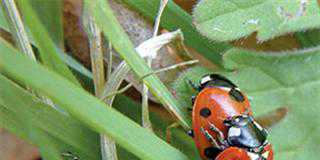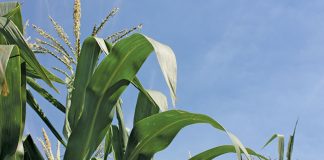The first step to fertilising your avocado orchard correctly is to have a leaf analysis conducted to find out the nutrient status of the plants. Take samples of six- to eight-month-old leaves between February and April. When submitting a leaf sample from a particular orchard, send a soil sample at the same time.
Thereafter, submit a soil sample from each orchard annually. Only leaves from healthy trees must be sampled. They should show no signs of sunburn, insect damage or disease. A leaf/soil sample must not represent an orchard of more than 3ha. Should soil variations be apparent in such an orchard, take separate leaf and soil samples.
Discuss the correct way of taking leaf samples with your fertiliser rep or extension officer. Correcting imbalances takes time. Leaf samples should be analysed for at least five years before trying to set up a fertilisation programme for an orchard.
Do not fertilise young, transplanted avocado trees too soon – wait a year for them to become well established. Follow each fertiliser application with light, controlled irrigation, and do not work the fertiliser into the soil.
Time of application
- Nitrogen and potassium: If fertiliser is added in the first year, nitrogen (N) and potassium (K) must be divided into at least four applications and applied during the warm months. Thereafter the application times are as follows: N and K: three equal applications in July, December and April; superphosphate: December.
- Zinc: Most soils are either naturally low in zinc or the zinc is lacking. Apply zinc oxide at 200g/100l water.
- Boron: Many avocado orchards are low in boron. Spray the trees every year with 100g borax or 75g Solubor/100l water.
Weed control
Use mechanical and chemical methods to control weeds, taking care to not injure the tree trunk when hand slashing.
When using chemicals, determine the weed species and their relative abundance in the orchard before selecting a herbicide.
While the fruit is on the tree, it remains hard. It becomes soft and edible only after picking. A mature fruit ripens evenly. Immature fruit – fruit picked too early – will not ripen properly and the skin will eventually become shrivelled.
Harvesting, packing and transporting
The fruit is normally ready for picking when it has a moisture content of 80% or less (see panel). It must be handled carefully during harvesting.
Labourers should wear cotton gloves and cut the fruit, not pull it, from the trees. Leave a 10mm to 15mm section of stalk attached to the fruit. Carry healthy fruit in clean canvas picking bags (no more than 10 to 15 avocados each).
Place the fruit in the trays. Those trays containing fruit and awaiting transport to the packhouse should be kept in the shade. (Do cover with a tarpaulin; this will hamper ventilation and increase the temperature underneath.)
It is important to pack and dispatch the fruit to the market, or to place it in cold storage, on the day it is harvested.
Source: Department of agriculture in co-operation with the ARC-Institute for Tropical and Subtropical Crops.













